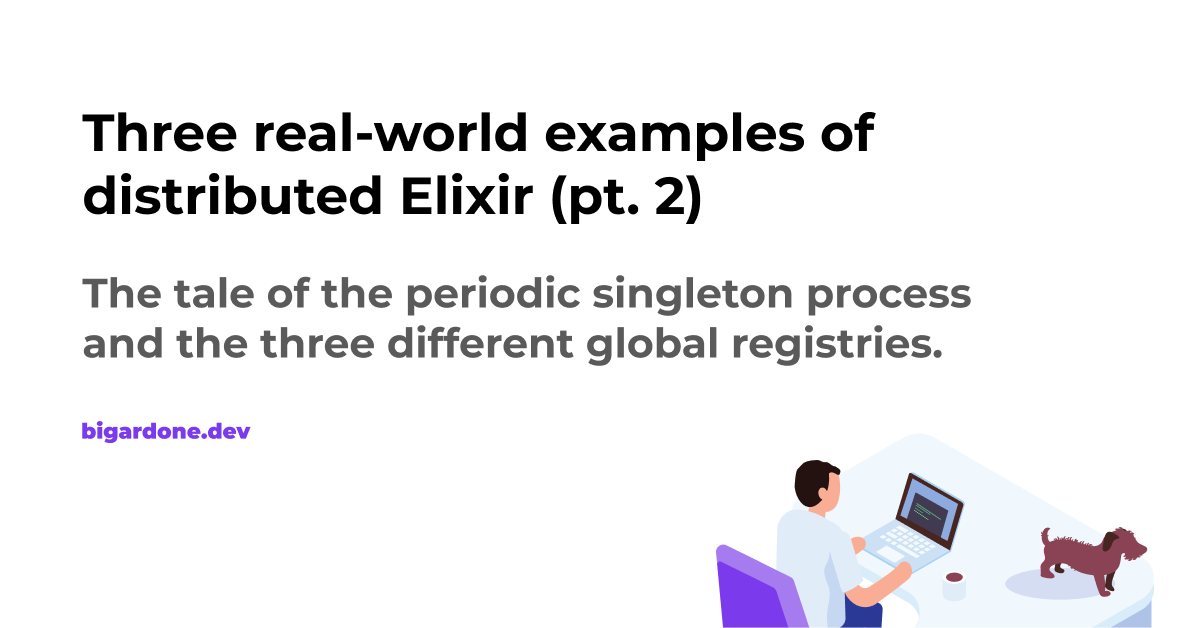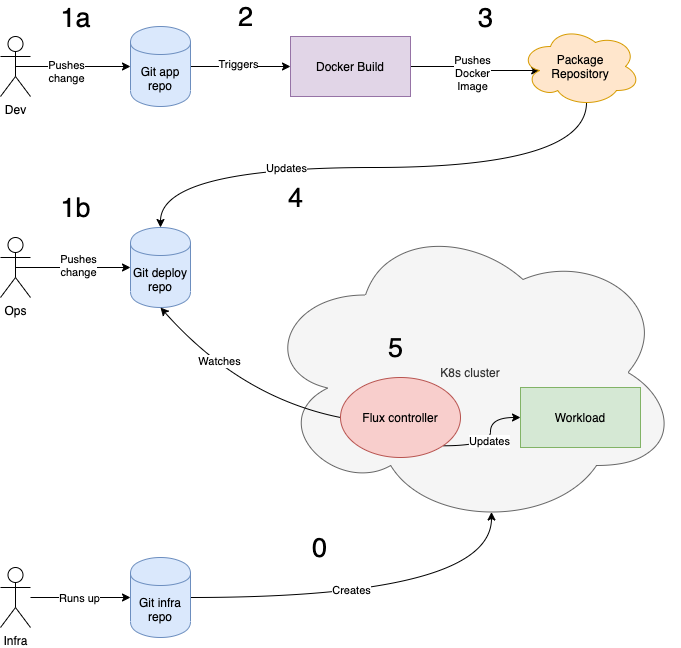
Three real-world examples of distributed Elixir (pt. 2)
In the last part of the series, we saw how to manually build a cluster of nodes in an Elixir application, ending up automating the process using libcluster. In this part, we will implement the first of our three real-world examples: a singleton process across the cluster that executes a periodic task and restarts in any node when it dies or starts in a new node when the current node where it is running goes down. Let's get cracking!
The tricky part of making a process unique across the cluster is registering it using a unique name in a global registry. There are some global registries out there, being :global, swarm, and horde, probably the most popular ones. All of them have their caveats and issues, so before implementing a solution like this, you should first consider if you can deal with them, especially if you plan to store any data in the global process, in which case it is not probably the best solution. Nevertheless, our global process will only be in charge of executing a periodic task, like deleting outdated data from a database, so we should be ok if something goes wrong since it will not affect our main business logic. This said, let's start building our solution around :global and then iterate using swarm and horde alternatives.
The first registry that we will use is :global, a global name registry provided by Erlang out of the box. It stores names in a table locally on every node, syncing them on any table or cluster topology change. Let's start by generating a new application:


















